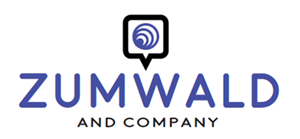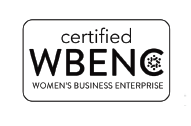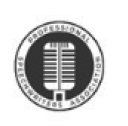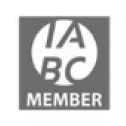Want to jump-start great brand messaging? Write a strong core message
In two years, we’ve completed a half-dozen brand messaging projects for B2B and B2C companies ranging from professional services firms to associations, coaching firms and consultants. We’ve found that when a company is new or rapidly changing, developing or revamping great brand messaging becomes a high priority for the firm. It’s work that’s typically required ahead of a high-stakes presentation or website launch for new companies, or a website makeover for existing companies.

During our initial “get to know you” meeting, we start with the basics, asking questions like:
- What does your company do?
- Who does your company help?
- How do you do your work?
Often, the CEO or business owner responds with lengthy, complicated and often confusing answers that require us to ask many more clarifying questions.
Or, the answers we hear make the company sound like a “me-too” organization that’s pretty much doing the same thing every other competitor in the marketplace is doing.
When we hear convoluted responses like these, it becomes very clear that the organization has not gone through the challenging exercise of developing a strong core message, the starting point for great brand messaging.
Great brand messaging is important for several reasons:
- It helps you tell the right story about who you are, where you’re going and why.
- It gives you the right words to talk about your company, which drives consistency for marketing, sales, recruiting and onboarding.
- It empowers every employee and stakeholder to become a more confident ambassador for your organization.
Great brand messaging begins with a clear, concise and compelling core message, which then becomes the anchor for talking to others about your business.
Without a core message, the way you think about your business will always be scattered, and the way you talk about your business won’t be the same every time.
Does your company have a core message? One that’s succinct yet distinct and written in plain language?
Without a core message for your company, you will confuse your audience and drive them away from your brand.
Here’s a simple, three-step process for developing a strong core message.
 1. IDENTIFY YOUR BRAND’S VALUE DRIVERS
1. IDENTIFY YOUR BRAND’S VALUE DRIVERS
The in-depth conversations we have with clients about what they do for their clients or customers — and how they do it — become the basis for identifying their brand’s value drivers. Arriving at these value drivers takes constant probing during our Q&A process, but the results help us get to the essence of the organization.
Here are the seven value drivers we identified for a consulting firm that provides strategic advising and business growth services:
- Access
- Exclusivity
- Individual strengths get stronger
- Metrics
- People/plans/processes model
- Professional management
- Team > passion > profitability
These value drivers became the key words for the company’s core message. Knowing exactly what drives value for your clients or customers is the first step to developing a strong core message and great brand messaging.
Sometimes value drivers can be a series of short phrases instead of single words. For example:
- Inspired by faith
- New mindset, new behaviors
- Endless opportunities
- Custom, beautiful, accessible homes
- Ideal solutions
2. ASK THE RIGHT SIX QUESTIONS
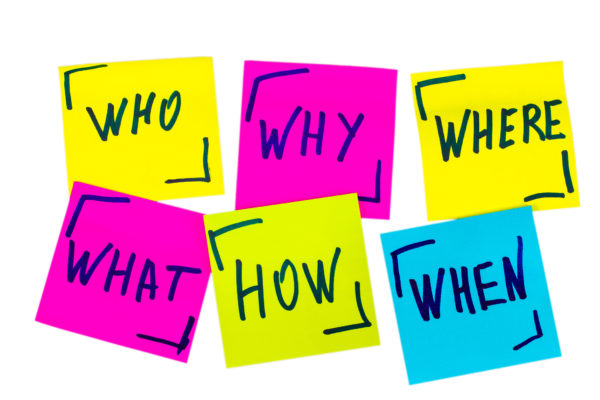 The building blocks for an organization’s core message answer the six key questions that people have about any organization:
The building blocks for an organization’s core message answer the six key questions that people have about any organization:
WHAT kind of an organization are you? Some examples:
- “A coaching firm”
- “A service company”
WHO do you serve or help, specifically? Some examples:
- “People in business who are feeling stuck”
- “Families who want to live in place as they age”
HOW do you serve or help these clients or customers, specifically? Some examples:
- “By giving them exclusive access to a complete sales system: expert teams and shared tools”
- “By thinking bigger to diligently execute ideal solutions”
WHY do these people need your service or help? Some examples:
- “Because more builders today are unsure what design features to include in accessible homes”
- “So they can scale up, convert customers and expand exponentially”
WHERE are you providing your service or help? Some examples:
- “Worldwide”
- “In the state of New York”
WHEN do you provide this service or help? Some examples:
- “From home concept to home completion”
- “Until their companies reach sustained maturity”
A word of caution here:
Getting the best answers to these six questions takes time. That’s because your first answer may not be your best answer since it is typically much too general. (When it comes to developing a core message, generalities won’t cut it. Specifics are what you’re looking for.)
It’s important to keep refining your answers to these six questions until you can claim a message that no other firm can claim. Your answers to these questions are the framework for a solid core message and the foundation for great brand messaging.
 3. WEAVE YOUR ANSWERS INTO A CLEAR NARRATIVE
3. WEAVE YOUR ANSWERS INTO A CLEAR NARRATIVE
The exercise for developing your core message requires answering questions to fill in the blanks of what, who, how, why, where and when, like this:
WHAT: XYZ Coaching applies positive energy
HOW: to listen, focus, challenge, encourage and guide
WHO: individuals, teams and leaders in business who are feeling stuck
WHERE: at organizations of all sizes
WHY: so they can explore what they really want, discover opportunities and do the work required to face reality, change their mindset, set goals, be accountable and adopt new behaviors that lead to lasting change
WHEN: during times when fear, shame, blame, mistrust, miscommunication, conflict or team dysfunction are stopping them from being their best in the workplace and in life.
However, these are only the building blocks for your core message. They are not the final message itself.
Once you are satisfied with the story your building blocks are beginning to tell, the final step is weaving your answers into a clear narrative. This means doing the necessary wordsmithing so that your core message is succinct and distinct, and reads smoothly and accurately.
Here’s an example of how we took the building blocks above and transformed them into a clear narrative to develop the company’s core message:
XYZ Coaching applies positive energy to listen, focus, challenge, encourage and guide people in business who are feeling stuck because of fear, shame, blame, mistrust, miscommunication, conflict or team dysfunction.
We help individuals, teams and leaders explore what they really want, discover opportunities and do the work required to face reality, change their mindset, set goals, be accountable and adopt new behaviors that lead to lasting change.
Ultimately, XYZ Coaching helps people become their best in the workplace and in life.
CONCLUSION
Remember:
- If you are giving a high-stakes presentation like a sales pitch or a conference keynote, your core message should make an appearance in some way.
- If you are writing content for a new website, your core message should be the consistent thread running through your copy.
- If you are giving your website a makeover because your company is changing, your core message should get a makeover first so that it guides your website revamp.
If your company doesn’t have a core message, or if your core message is too general, too wordy or too corporate, take the time to follow this simple, three-step process for developing a strong core message:
- Identify your brand’s value drivers
- Ask the right six questions (what, who, how, why, where, when)
- Weave your answers into a clear narrative
When you do, you’ll not only have a core message about your company to tell the world but also be well on your way to developing great brand messaging for your organization.
